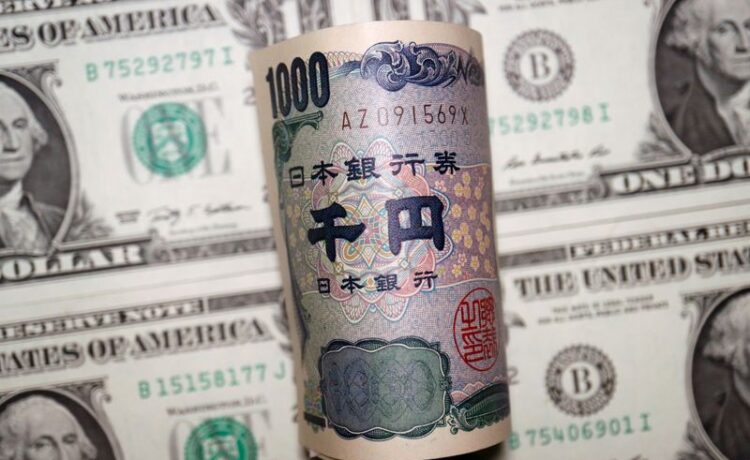Investing.com– Most Asian currencies weakened on Friday, while the dollar steadied in anticipation of key inflation data that is expected to factor into the Federal Reserve’s stance on interest rate cuts.
While an overnight drop in the dollar- following weaker-than-expected U.S. gross domestic product data- offered some relief to Asian units, this was largely offset by persistent bets on higher-for-longer U.S. interest rates. The dollar also trimmed some of its losses in Asian trade.
Japanese yen weakens, USDJPY crosses 156 after BOJ
The Japanese yen was an underperformer, with the pair rising past 156 to new 34-year highs after comments from the Bank of Japan sparked doubts over just how much capacity the central bank had to raise interest rates further.
The BOJ after a historic hike in March. The central bank also forecast higher inflation in the coming years.
But the BOJ also , raising doubts over just how much capacity it would have to keep raising interest rates. This presented a largely dovish outlook for the yen.
Softer-than-expected – released earlier on Friday- further sparked doubts over a hawkish BOJ.
Still, losses in the yen were limited by continued fears of government intervention in currency markets. An upcoming press conference with BOJ Governor , at 02:30 ET (06:30 GMT) also presented the possibility of more hawkish signals.
Broader Asian currencies also weakened on Friday, amid persistent fears of higher-for-longer U.S. interest rates. The Chinese yuan’s pair rose slightly and remained close to recent five-month highs.
remove ads
.
South Korea’s pair rose 0.4%, while the Singapore dollar’s pair added 0.1%.
The Australian dollar’s pair was supported by strong inflation data, which, coupled with higher earlier this week, sparked bets on higher-for-longer rates in the country.
The Indian rupee’s pair moved little, with traders growing wary of more volatility in Indian markets as the 2024 general elections began.
Dollar steadies with PCE inflation on tap
The and rose marginally in Asian trade, recovering some overnight losses.
showed growth in the U.S. economy cooled more than expected in the first quarter, amid sticky inflation and high rates.
But inflation remained uncomfortably high, with the growing more than expected.
This put upcoming data squarely in focus. The reading is the Federal Reserve’s preferred inflation gauge.
Despite Thursday’s weak GDP reading, traders were seen steadily pricing out expectations for any near-term rate cuts by the Fed. The now shows traders pricing in rate cuts only by September, or the fourth quarter.















